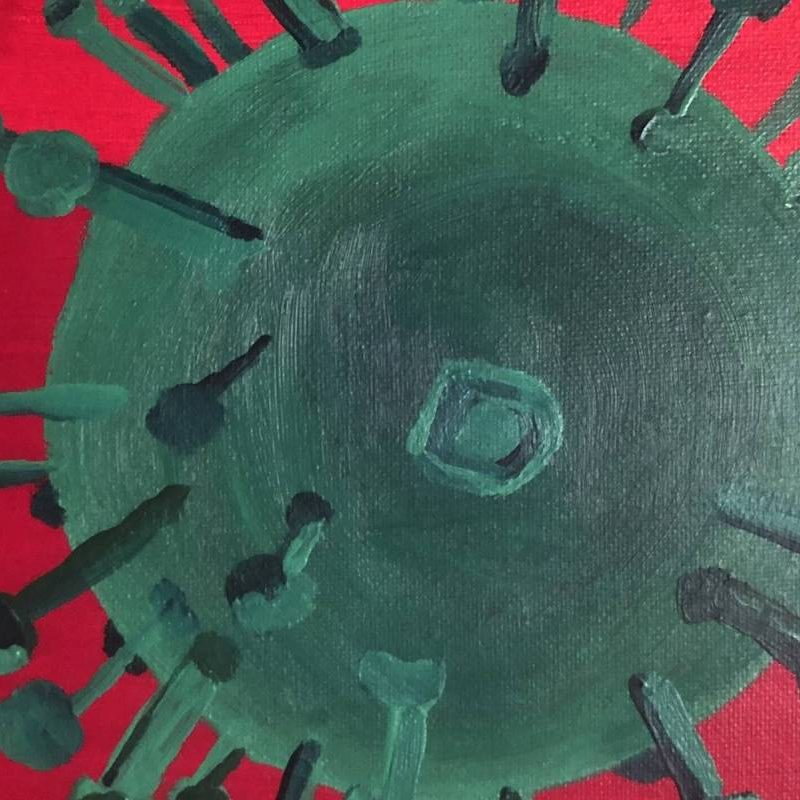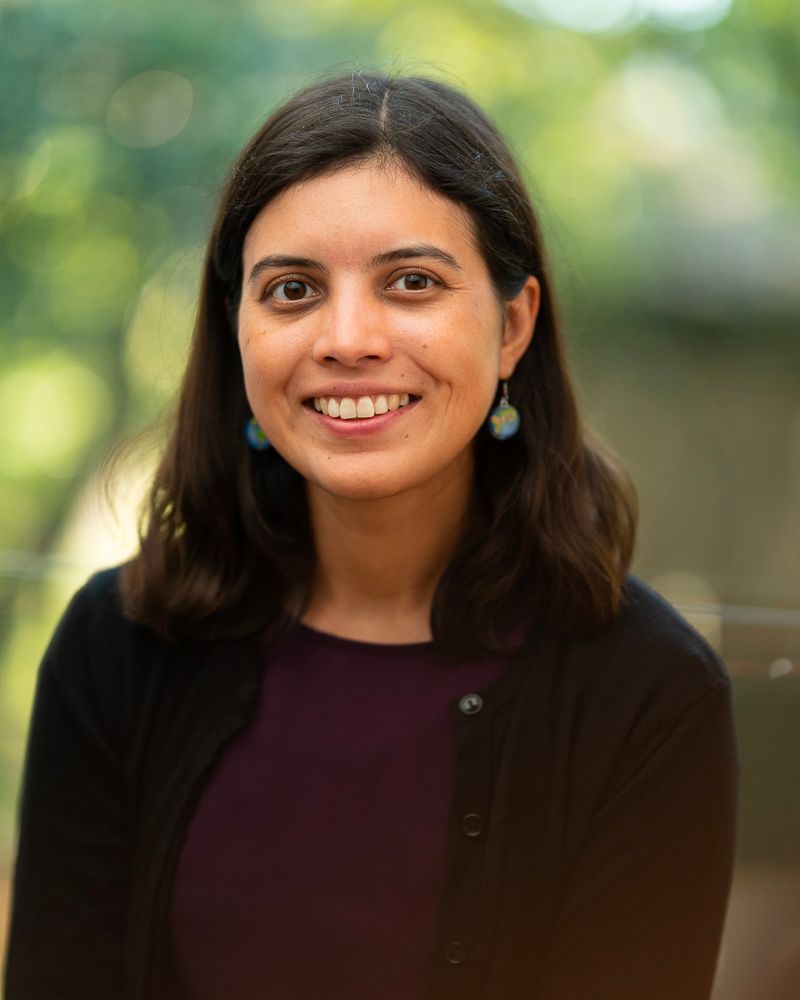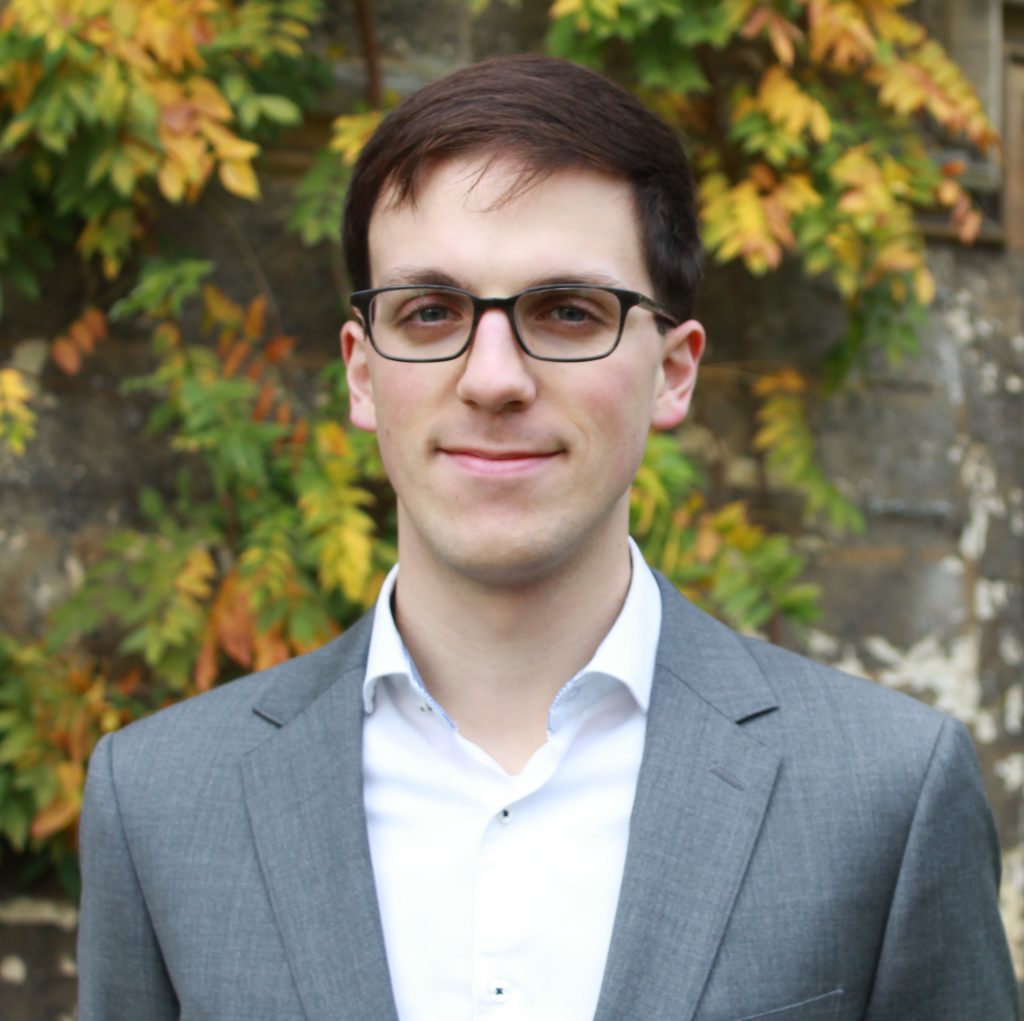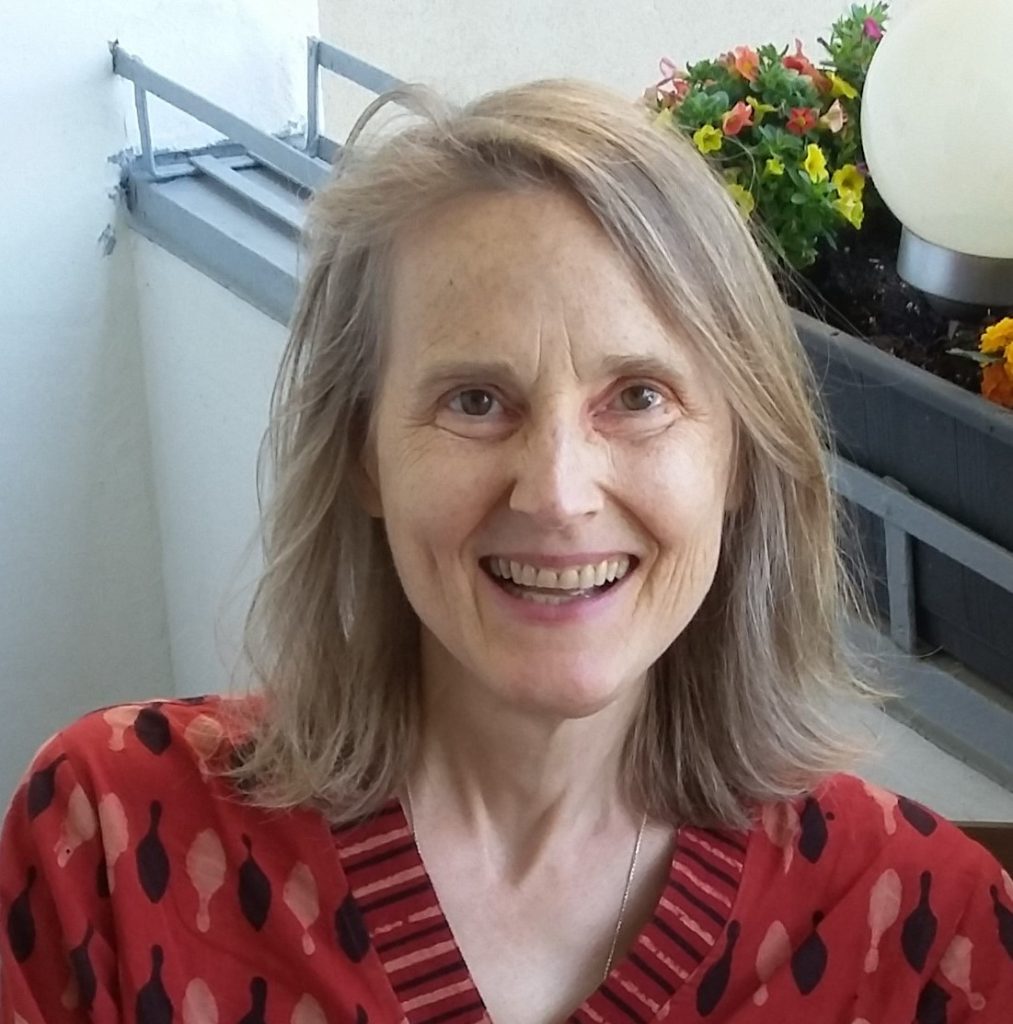New co-authored paper: Poverty and Ethnic Patterns in COVID-19 Excess Mortality: Evidence from Chile, 2020-2022
The COVID-19 pandemic highlighted deep-rooted health inequities globally, with marginalized populations showing disproportionate disease burden. We employed Serfling regression models and multivariable analyses to estimate excess mortality across geographic, demographic, and poverty groups from 2020-2022 in Chile. Elderly populations (80+ years) experienced the highest excess mortality (267.35 per 10,000 population), more than eight times higher than those under 80 years (30.80 per 10,000 population). Multivariable linear regression models showed both Indigenous proportion (coefficient=53.66, p<0.001) and elderly population proportion (coefficient=5.68, p<0.01) as the strong predictors of comuna level excess mortality. Poverty correlated significantly with excess mortality (r=0.23, p<0.001) but this association weakened after adjustment for other covariates in multivariable models.
Excess mortality peaked in 2021 rather than in 2020 for most groups, with males initially experiencing higher rates during early pandemic waves. Spatial analyses revealed statistically significant clustering (Moran’s I=0.119, p<0.001) with identifiable hotspots in northern Chile and parts of the south. These findings indicated persistent mortality disparities by age and Indigenous status, independent of poverty, and highlight the urgent need for equity-focused pandemic preparedness. An effective pandemic response should integrate biomedical measures, such as vaccination, with culturally grounded strategies that address structural barriers and the broader social determinants of health.





